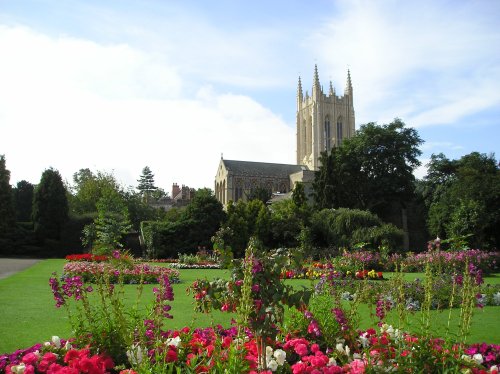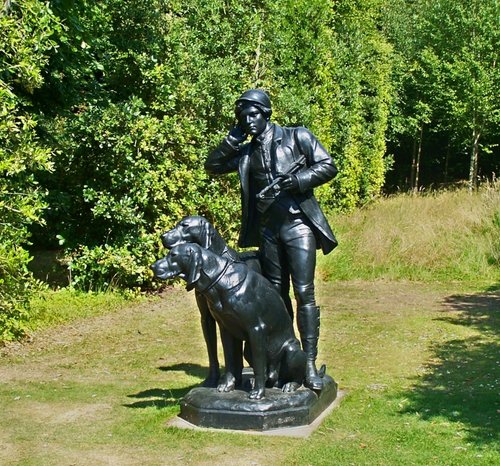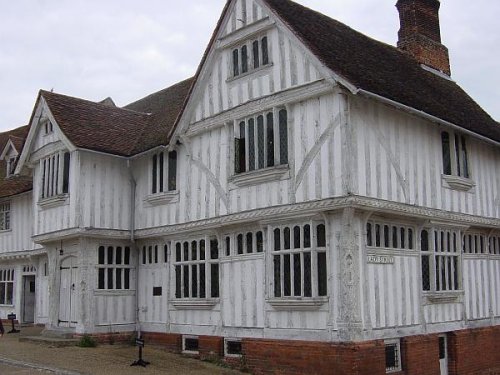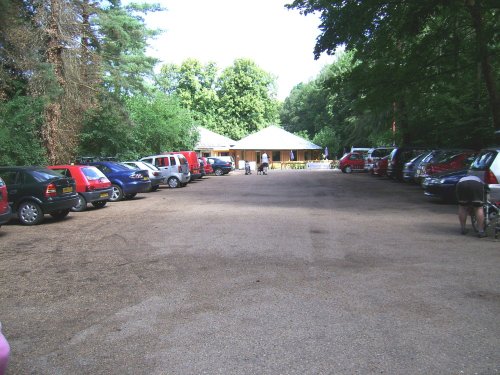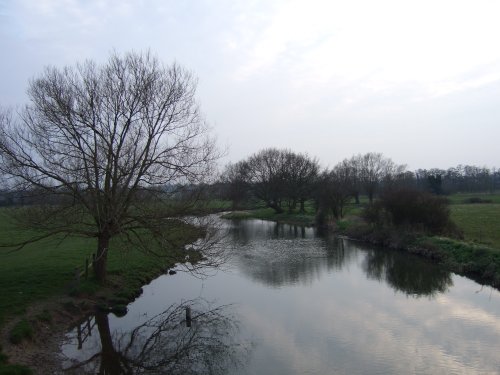Pictures of Dalham
About Dalham
A fascinating feature of the Suffolk landscape has always been the windmill. Here, set in beautiful open countryside on the River Kennett, lies Dalham Smock Mill, a glorious glowing white relic from the 1790's. The mill is believed to have been built for a Mr. Ruffle, and it is thought that the last owner of the mill was Mr. Turner of Street Farm who ran it until 1927. Standing over 50 foot tall with a traditional beehive cap, the mill originally had four sails measuring 27 feet long, interestingly these were reported as being blown off during a storm in December 1802.
The River Kennett meanders through the village. At first glance the river looks utterly beguiling as it trickles between flower filled grass verges, crossed with several foot bridges so that villagers can access their homes. Little would anyone guess the raging torrent the river can swiftly turn into after periods of heavy rain. Then chaos looms but once the water recedes, order is again restored.
A feature of the village is the 14th-century church dedicated to St.Mary. The church stands in beautiful grounds approached via an avenue of overhanging yews. The church is believed to stand on the site of an earlier Saxon church mentioned in the Doomsday Book. It is truly magnificent, full of ancient relics from a rich historical past. These include fine wall paintings, intricate carving, a 16th-century oak pew, memorial tombs, the most amazing stained glass and an organ dating 1832. One of the memorials is to Sir Martin Stuteville, who together with Sir Francis Drake, visited the new America. There are other memorials to the Stuteville family and in the leafy churchyards there are tombs and graves of other noted families. The manorhouse of Dalham was owned by the Stuteville family for over three hundred years until they sold it to Simon Patrick, Bishop of Ely late in the 17th-century. The Bishop built Dalham Hall, a red brick mansion in the adjoining parkland between 1704 and 1705. Dalham Hall was originally built with three storey's to enable the Bishop to see his cathedral in Ely, some 16 miles distant. The Hall burnt down and was rebuilt once more, this time with only two storey's. However, it still occupies the highest point in the county with spectacular views across the Kennett Valley.
Late in the 18th-century, the Affleck family became premier landowners, their name is immortalised along with their coat of arms on the village pub. Cecil Rhodes bought the estate in 1900, for his retirement. His untimely death in 1902 caused the estate to pass to his brother who built the village hall in honour of his memory.
The village is surrounded by rolling countryside through which there are delightful walks. In springtime, the oak woods on the Dalham estate are covered with a carpet of bright daffodils, later these give way to delicate bluebells. With the early morning sun streaming through the tree tops this is such a tranquil place to be, for little disturbs the peace save for bird-song and the rustle of tiny wild creatures as they scamper about in search of food.
This is a village where there is much to see and enjoy, it is perfect for a quiet day out or a weekend away from the bustle of modern life.

